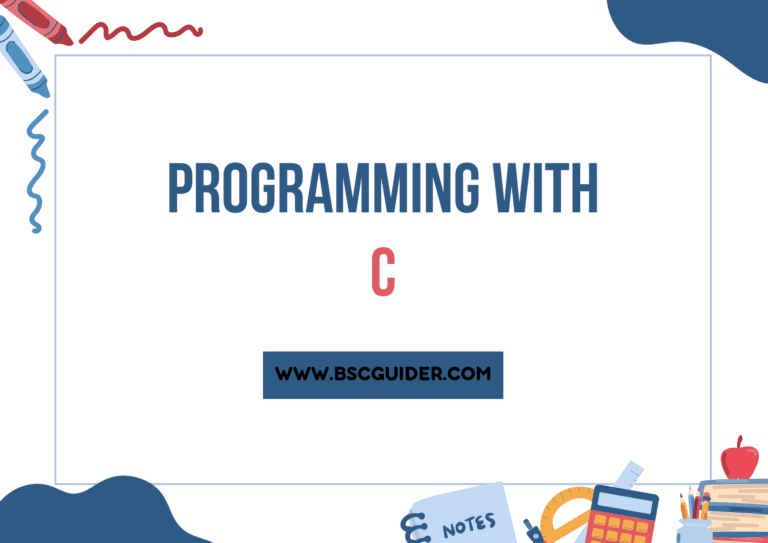
Programming with C is a core subject in the BSc CS 2nd Semester. This course introduces students to the fundamentals of the C programming language, covering key concepts like variables, data types, control structures, functions, arrays, pointers, and memory management. It is designed to build a strong foundation in writing efficient, structured code, which supports future learning in various areas of computer science. High-quality notes for this subject are provided by BSC GUIDER, a trusted source for BSc CS 1st Year students. These notes are carefully crafted to be clear and easy to understand, making them an excellent resource for mastering the essentials of programming with C.
Programming With C Notes Unit 1 – 3
Unit 1
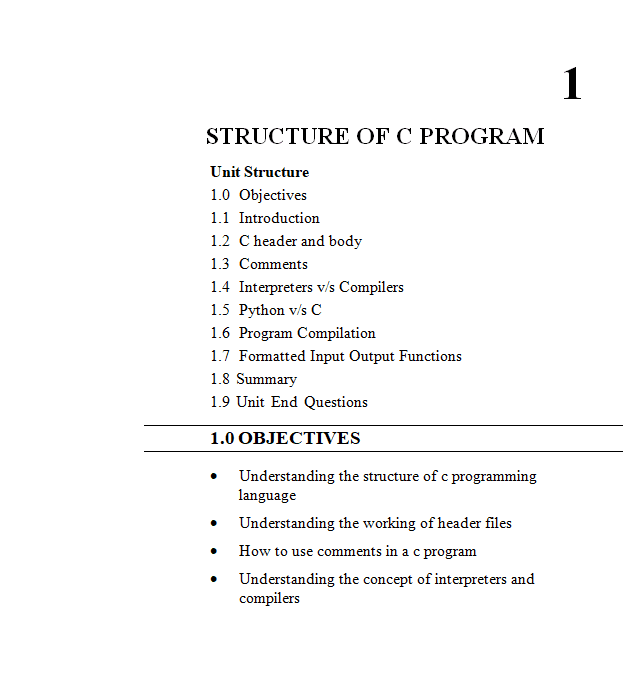
Structure of C Program
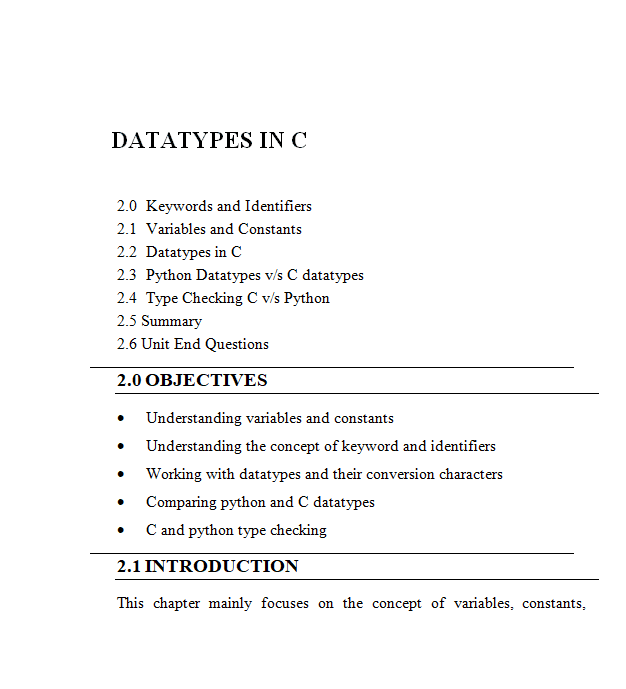
Datatypes In C
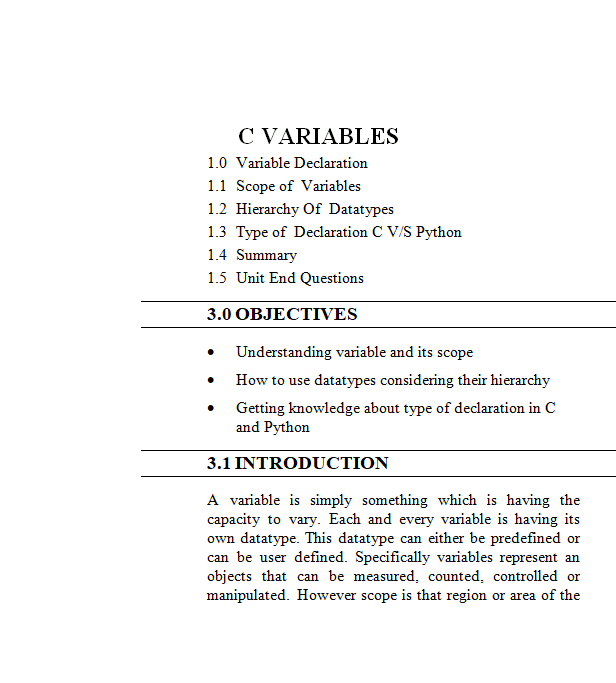
C Variables
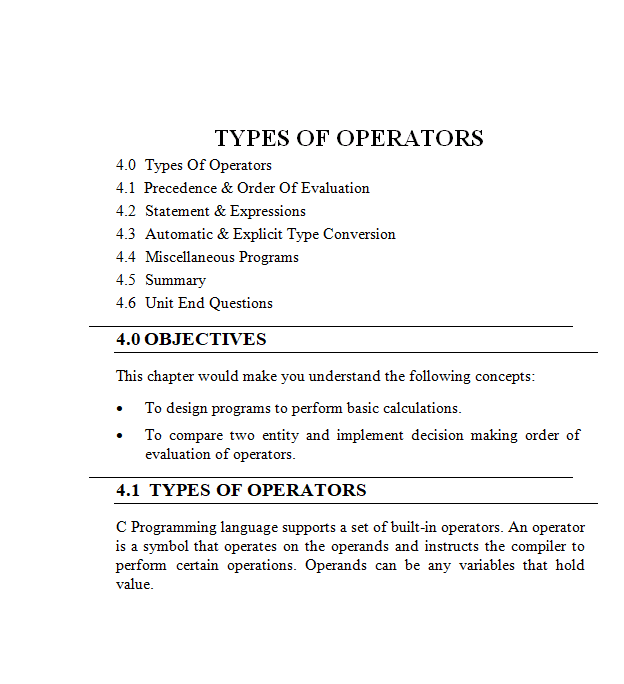
Types Of Operators
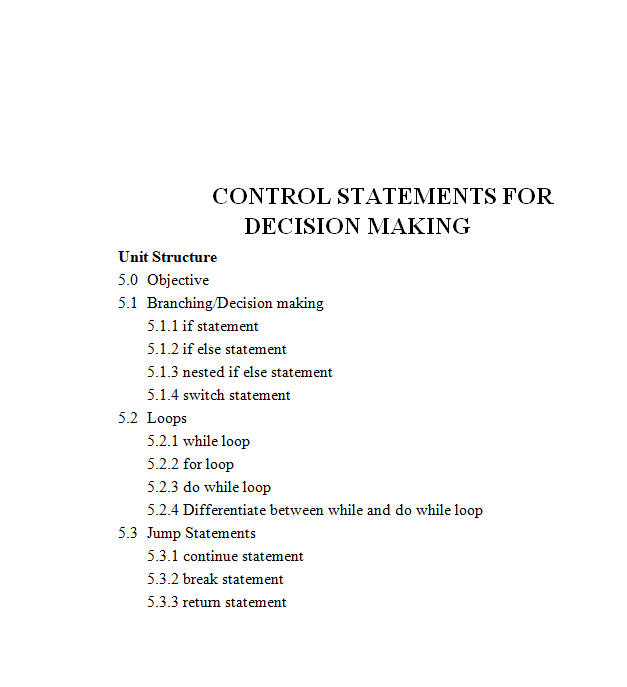
Control Statements For Decision Making
Unit 2
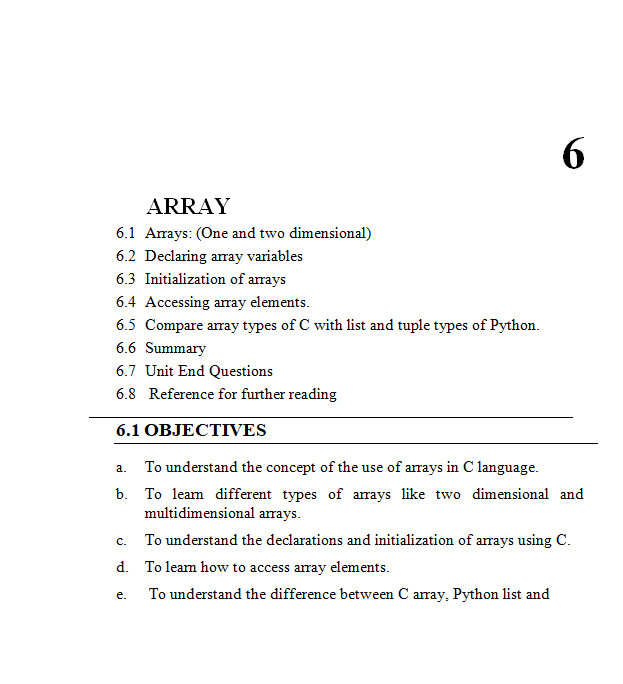
Array In C
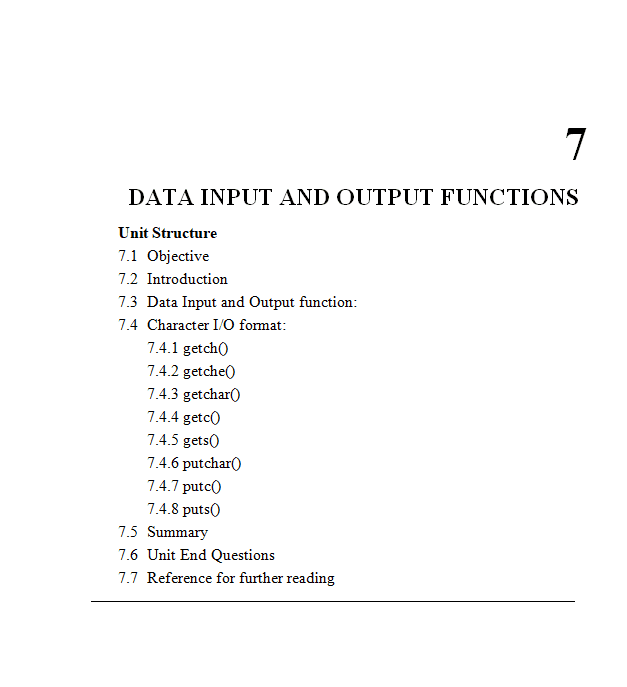
Data Input and Output Program
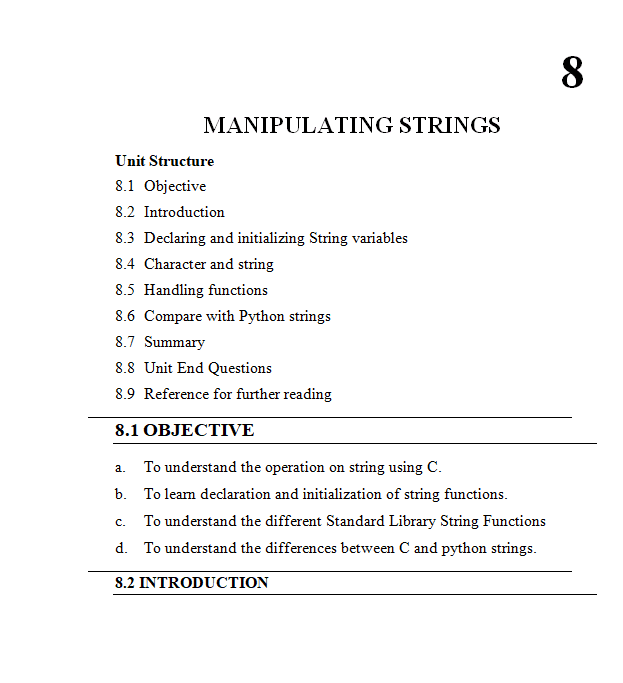
Manipulating Strings
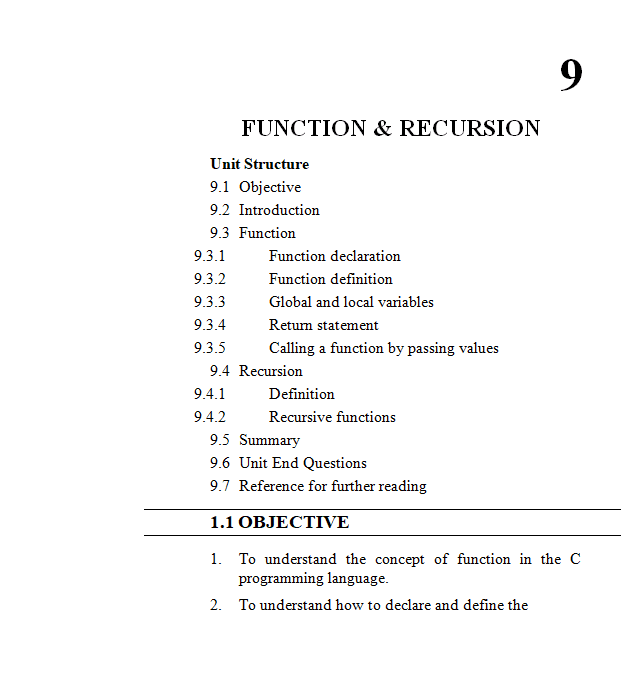
Function and Recursion
Unit 3
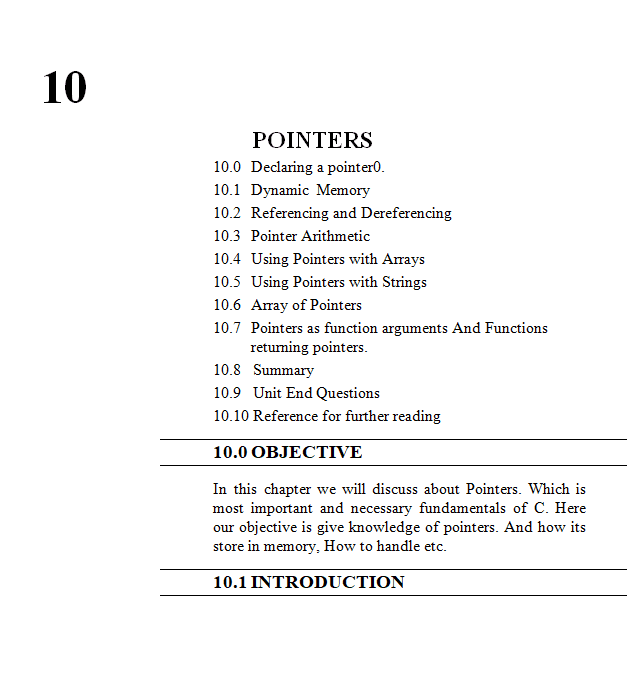
Pointers In C
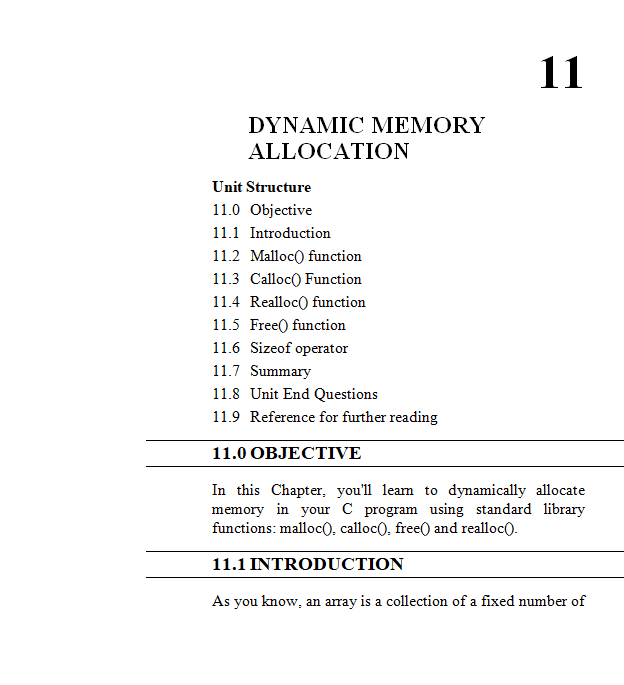
Dynamic Memory Allocation
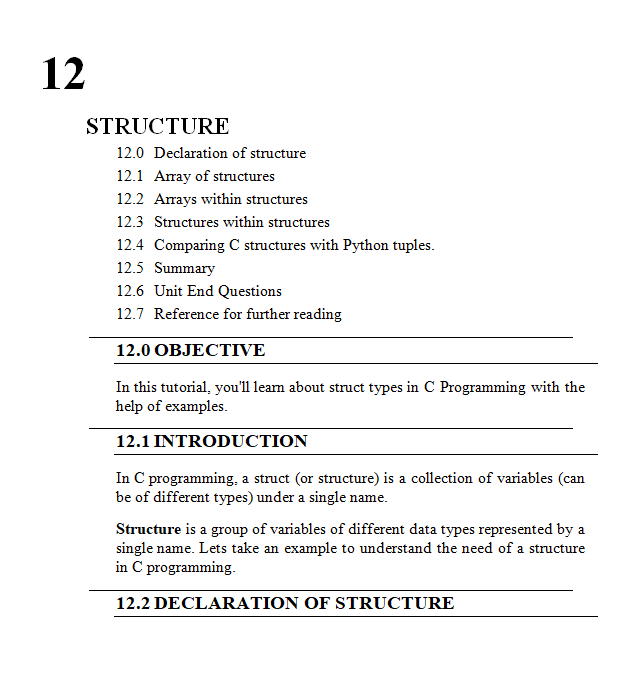
Structure In C
Objectives of Programming With C :-
The objective of this course is to provide a comprehensive study of the C programming language, stressing upon the strengths of C, which provide the students with the means of writing modular, efficient,maintainable, and portable code.
Expected Learning Outcomes :-
1) Students should be able to write, compile and debug programs in C language.
2) Students should be able to use different data types in a computer program.
3) Students should be able to design programs involving decision structures, loops and functions.
4) Students should be able to explain the difference between call by valueand call by reference
5) Students should be able to understand the dynamics of memory by the use of pointers.
6) Students should be able to use different data structures and create/update basic data files.
Recommended Books and Resources
Text books:
1. Programming in ANSI C (Third Edition) : E Balagurusamy, TMH
Additional References:
1. Pradip Dey, Manas Ghosh, “Programming in C”, second edition, Oxford University Press
2. Yashavant P. Kanetkar. “ Let Us C”, BPB Publications
Dey, Pradip Ghosh, Manas - Programming in C 2e-Oxford University Press (2011)
100K+ Downloads
Yashavant P. Kanetkar - Let Us C
100K+ Downloads
Scope of Programming With C :-
- Foundation for Other Languages: C serves as the foundation for many modern programming languages like C++, Java, and Python.
- Understanding Computer Architecture: C provides low-level access to memory, helping students understand how hardware and software interact.
- Efficient System Programming: C is widely used in operating systems, embedded systems, and system-level programming due to its efficiency and control over system resources.
- Performance Optimization: C is known for producing high-performance applications, making it ideal for performance-critical applications like game development, real-time systems, and scientific computing.
- Cross-platform Development: C programs can run on a variety of platforms, making it valuable for cross-platform development.
- Embedded Systems: C is the dominant language for programming microcontrollers and embedded systems used in devices like smartphones, appliances, and automobiles.
- Algorithm and Data Structure Implementation: C is extensively used for implementing algorithms and data structures, helping students grasp key computational concepts.
- Open Source and Legacy Code: A large number of open-source projects and legacy systems are written in C, making it a crucial language for maintaining and enhancing existing codebases.
- Job Opportunities: Proficiency in C opens doors to job roles in software development, embedded systems, system programming, and other fields.
- Portability: Programs written in C are highly portable, enabling them to run on various hardware and operating systems with minimal modification.
Syllabus of Programming With C :-
Unit 1
1.1 STRUCTURE OF C PROGRAM
- Understanding the structure of c programming language
- Understanding the working of header files
- How to use comments in a c program
- Understanding the concept of interpreters and compilers
- Working with compilation and execution of program
- Understanding the structure of formatted input and output functions
1.2 DATATYPES IN C
- Understanding variables and constants
- Understanding the concept of keyword and identifiers
- Working with datatypes and their conversion characters
- Comparing python and C datatypes
- C and python type checking
1.3 C VARIABLES
- Understanding variable and its scope
- How to use datatypes considering their hierarchy
- Getting knowledge about type of declaration in C and Python
1.4 TYPES OF OPERATORS
- To design programs to perform basic calculations.
- To compare two entity and implement decision making order of
evaluation of operators.
1.5 TYPES OF OPERATORS
- To design programs involving decision structures, loops
- Working of decision making
- How to execute number of statements repeatedly efficiently
Unit 2
2.1 ARRAY
- To understand the concept of the use of arrays in C language.
- To learn different types of arrays like two dimensional and multidimensional arrays.
- To understand the declarations and initialization of arrays using C.
- To learn how to access array elements.
- To understand the difference between C array, Python list and tuple.
2.2 DATA INPUT AND OUTPUT FUNCTIONS
- To understand the concept of Data input and output function.
- To learn the different I/O functions.
- To learn how to read data from the keyboard as an input.
- To learn how to write data to an output screen like a monitor.
2.3 MANIPULATING STRINGS
- To understand the operation on string using C.
- To learn declaration and initialization of string functions.
- To understand the different Standard Library String Functions
- To understand the differences between C and python strings.
2.4 FUNCTION & RECURSION
- To understand the concept of function in the C programming language.
- To understand how to declare and define the function.
- To understand the difference between global and local variables.
- To understand the difference between call by value and call by reference.
- To solve problems using recursion.
- To know what is a recursive function and the benefits of using recursive functions
Unit 3
3.1 POINTERS
- Declaring a pointer0.
- Dynamic Memory
- Referencing and Dereferencing
- Pointer Arithmetic
- Using Pointers with Arrays
- Using Pointers with Strings
- Array of Pointers
- Pointers as function arguments And Functions returning pointers.
3.2 DYNAMIC MEMORY ALLOCATION
- Malloc() function
- Calloc() Function
- Realloc() function
- Free() function
- Sizeof operator
3.3 STRUCTURE IN C
- Declaration of structure
- Array of structures
- Arrays within structures
- Structures within structures
- Comparing C structures with Python tuples.
3.4 UNIONS
- How to define a union?
- Union vs Structure
- Using pointer variable
3.5 FILE HANDLING
- File Operations
- Streams
- Types of Files
- Text Files
- Binary Files
- Different Types of Function